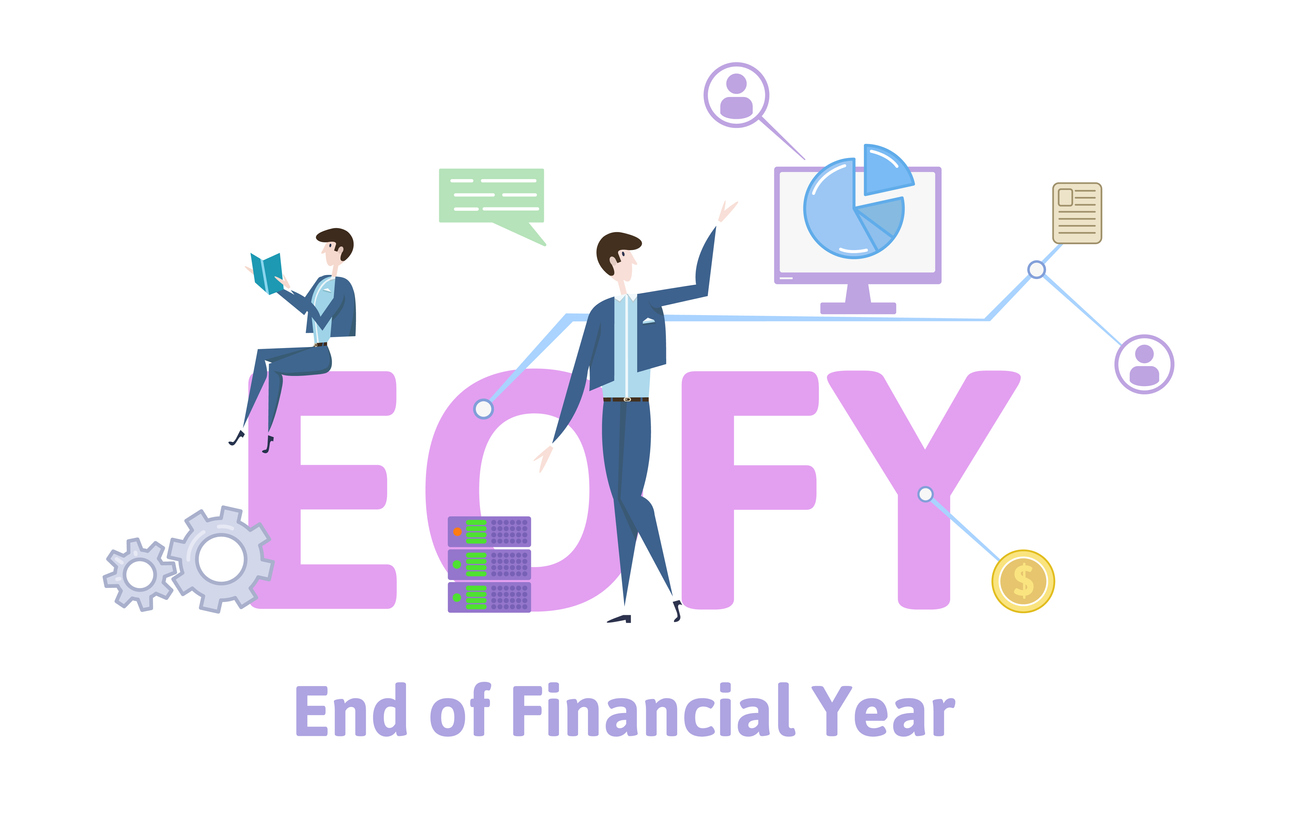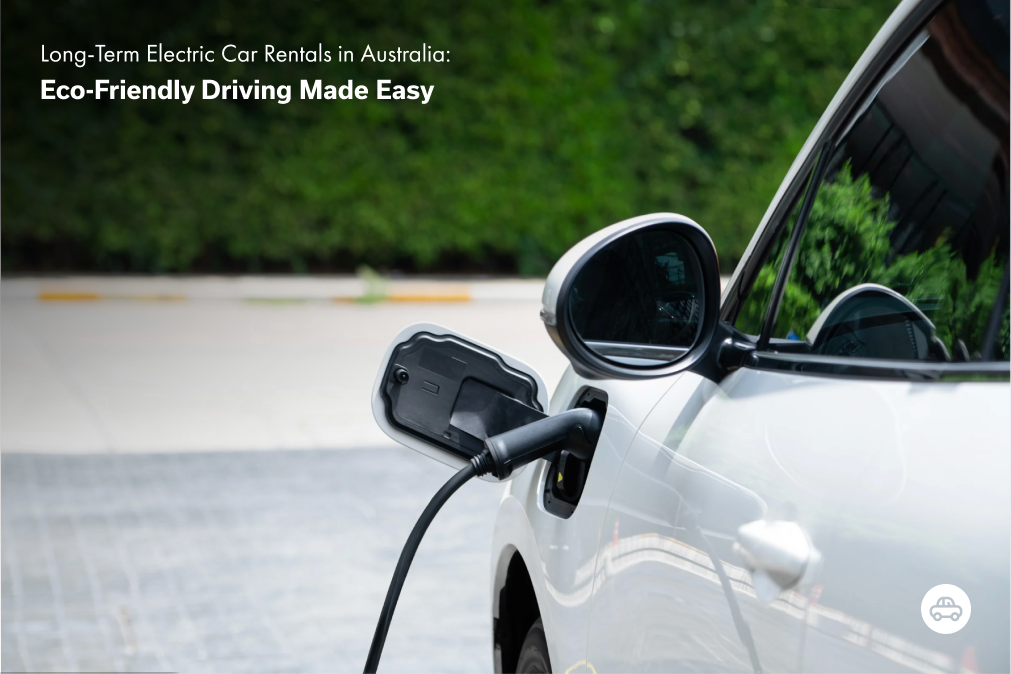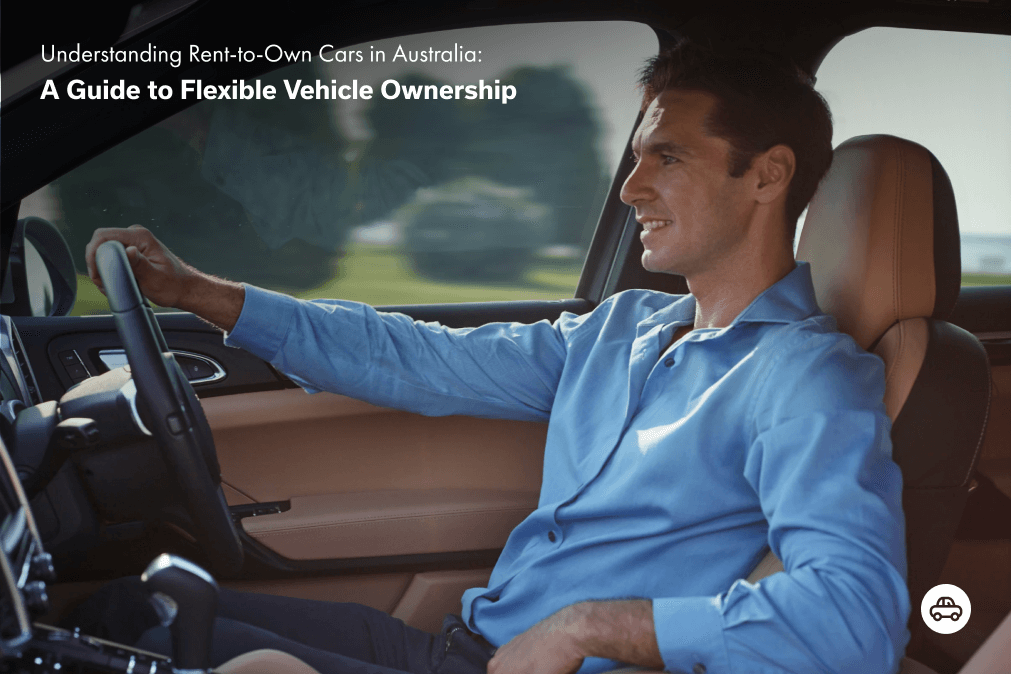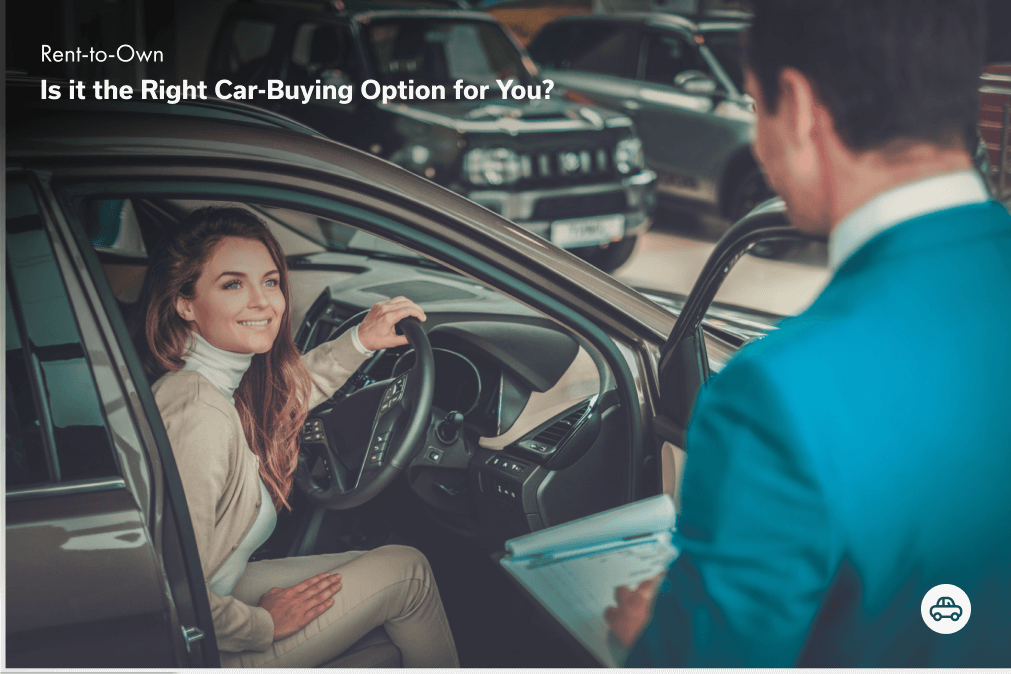If you’re a savvy business-owner, you’re always going to be looking ahead. When your organisation relies on having ready access to a fleet of high-quality, reliable vehicles, it’s natural that you’ll have a plan in place for how to grow that fleet.
With that in mind, many businesses look to the end of financial year as an opportunity to grow their fleet banking on steep discounts and good news from the tax man. But in the rush to get to the dealership, many business-owners overlook one thing: These discounts do nothing to defray the ongoing costs attached to your new car.
These costs can be significant, often coming close to the original cost of the car over a five-year period. In many cases, the solution is not to buy at all – car subscription can guarantee the access you need without the expense.
Imagine it:
- No services, registration or insurance to pay
- Complete flexibility in your choice of vehicle
- A fleet that scales in near real-time to your needs
- Unlock the equity trapped in your bought/leased fleet
- No worrying about depreciation or unexpected expenses
All while saving money every week. It’s not a dream – it’s just a smarter way to manage your fleet. Read on and learn why car subscription could be the thing your business needs.
Understanding the total cost of ownership
A new vehicle represents a significant upfront cost to your business. Even a basic mid-sized sedan from an inexpensive manufacturer can easily top $30,000. An outlay of capital like that needs to be budgeted for, leading for many business-owners to focus on it to the detriment of the ongoing costs of maintaining the car.
For businesses new to this area of accounting, rapidly scaling up your fleet without paying adequate attention to these ongoing costs can be a trap, potentially having a negative impact on your cash-flow 6, 12 or 24 months from now.
As such, it’s important to consider what’s called the total cost of ownership (TCO) of any vehicle your business acquires. In its most basic form, a TCO calculation will consider not just the on road price of the car (list price plus stamp duty, registration, compulsory third-party insurance and dealer delivery charges), but standing costs including depreciation and finance interest as well as running costs such as fuel, tyres and servicing. Adding all of these small weekly expenses together can often result in a separate figure that’s larger than the original purchase price of the car. For example, a Toyota Corolla lists for $23,490, but has a five-year cost of $41,712.95. The list price of the car only represents 36% of the TCO over a five-year period, nearly tripling your expenses. These ongoing costs can increase for cars under particularly heavy use, meaning an even larger bill hidden behind the initial sticker price.
Expenses that can’t be minimised
Savvy businesses are careful about the vehicles they select, choosing cars that are cheap to repair, fuel-efficient and from respected manufacturers, but even this does not significantly reduce attached ongoing costs.
For example, while many Australians are turning to hybrid or electric vehicles to reduce the weekly costs of running their car, a comparison between the hybrid-petrol and the petrol Toyota Camry shows how small a difference this choice can make:

| List price | Five-year cost* | Total cost | |
| Petrol | $30,090 | $44,545 | $74,635 |
| Hybrid | $32,090 | $41,370 | $73,460 |
*Note that the five-year cost figure assumes the car has been purchased outright and as such subtracts the interest payable on a loan
While the hybrid model offers an attractive discount on the five-year cost, the additional $2000 payable upfront above the petrol model nearly completely eliminates the savings, resulting in a net gain in position of only $1175 on TCO.
Additionally, costs such as registration, insurance and stamp duty are going to be comparable between cars of different make and model, meaning that even the smartest approach to car ownership is still going to end up costing your business significantly over the lifetime of the vehicle.
Finding a cost-effective approach
So, when is the best time to purchase a car? For your business, it may be never. If you’re considering expanding your fleet next EOFY, you may want to reassess. A few grand off the sticker price is not going to make the difference in affordability that you may be hoping it will. Instead, consider an alternative approach.
Car subscription is the flexible choice for modern businesses. Forget ownership with its enormous upfront costs and forget leasing with its inflexible, long-term contracts – vehicle subscription makes building and managing a corporate fleet simple, easy and – above all – affordable. Cut your costs, better meet demand and change cars to meet demand – all with one service.
Carbar – leading the car subscription revolution
Carbar is offering businesses a new way to drive. For a weekly rate, your business will have exclusive use of a late-model vehicle from top manufacturers including Toyota, BMW, Jeep, Jaguar and more. Covering registration, insurance, servicing and roadside assistance, it’s the simpler, smarter way to build your fleet.
The savings can be significant – get that Camry we talked about earlier for just $149 per week from Carbar and save over $2,500 per year compared to owning and managing it yourself. That’s money that you can put directly into your business, helping you find new talent, grow to new locations and expand your market share.
Don’t wait for next June – make the smarter choice for your company and start growing your fleet today for less with Carbar for Business.





